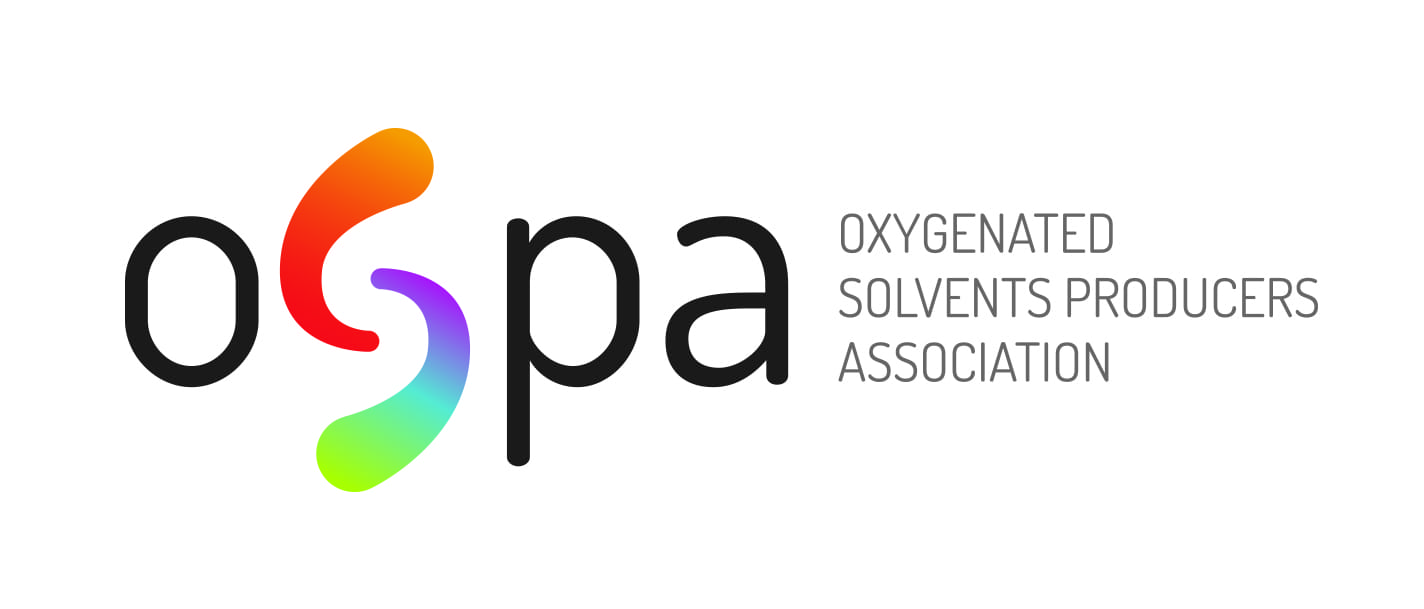
Supporting new science approach
Scientists from four Swiss universities contacted Cefic already back in 2021 to seek support in developing a new non-animal testing method (NAM) to assess the neurotoxic properties of solvents and rank them based on their neurotoxic potential. They focus specifically on Central Nervous System (CNS) long-term effects (chronic neurologic diseases), selecting the P-series glycol ethers to develop their model (only water-soluble solvents are in scope).
OSPA welcomes the university labs’ initiative to approach the industry for this project and is committed to collaborating to develop a robust evaluating method. NAMs are the future and the OSPA Glycol Ethers tox group, being supportive of these concepts, started to cooperate by sharing knowledge about:
- Volumes and uses of glycol ethers;
- Data on metabolites/isomer ratio;
- Examples of positive and negative neurotoxicity data for solvents for method validation.
A meeting took place in September to consolidate the cooperation, the Swiss team updated the Glycol Ether tox experts on their progress. Then, further engaging in exchange on the validation, the OSPA team presented the preliminary results of the metabolomics study on glycol ethers.
Next steps: The different identified neurotoxic pathways will be confirmed using in-vitro 3D hepatic models and in-vivo volunteer exposure data. The permeability of the blood-brain barrier (BBB) to solvents will also be evaluated. Results from these different work packages will be included in the development of physiology-based toxicokinetic (PBTK) models. A key element to be addressed is the positive and negative control of solvents from existing studies to validate the models.
Update of the OSPA Glycol Ethers website
The Glycol Ethers website has been reviewed and updated. A new top section on “Substance Information” has been created. It includes, among others, FAQs on